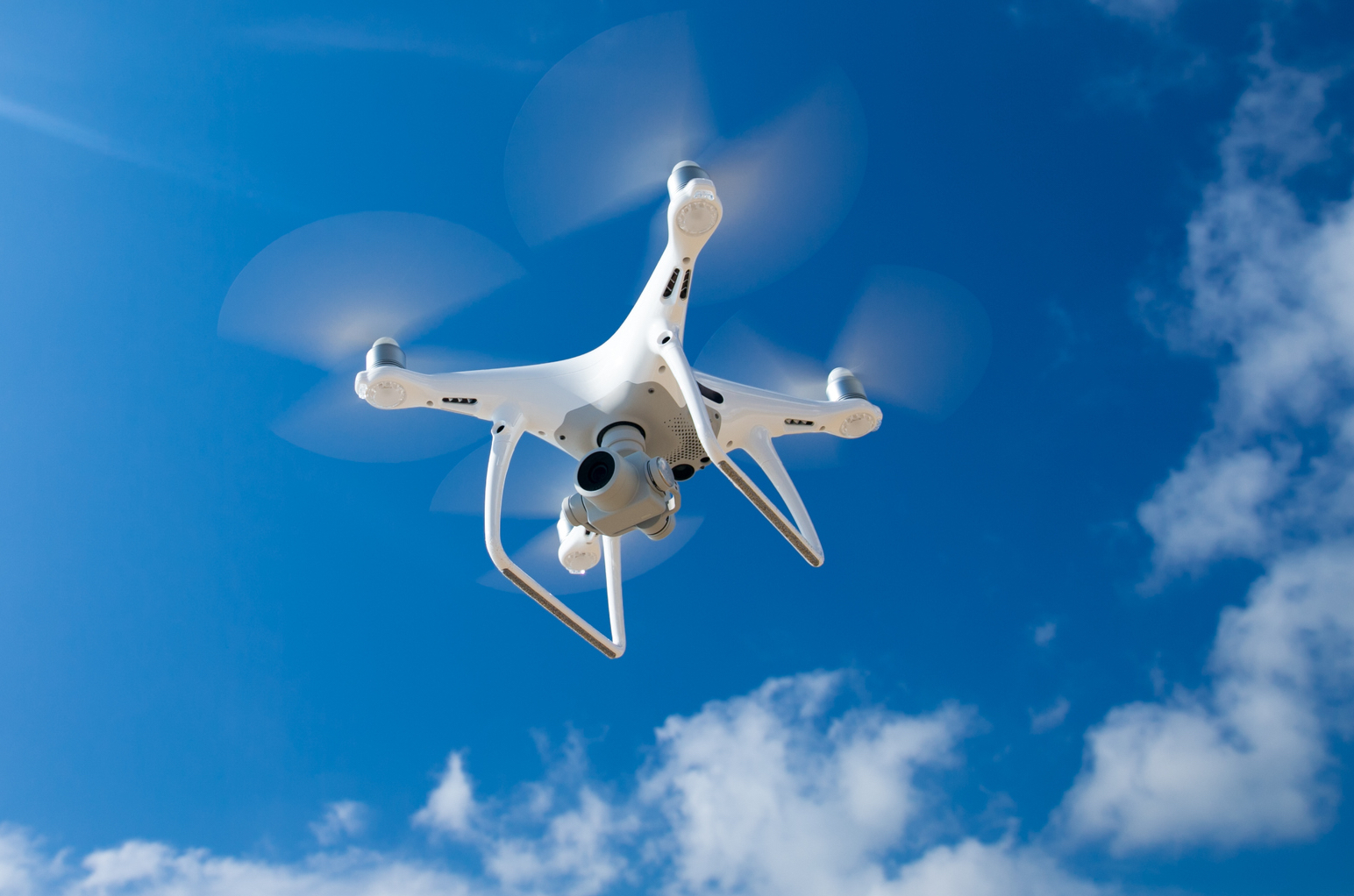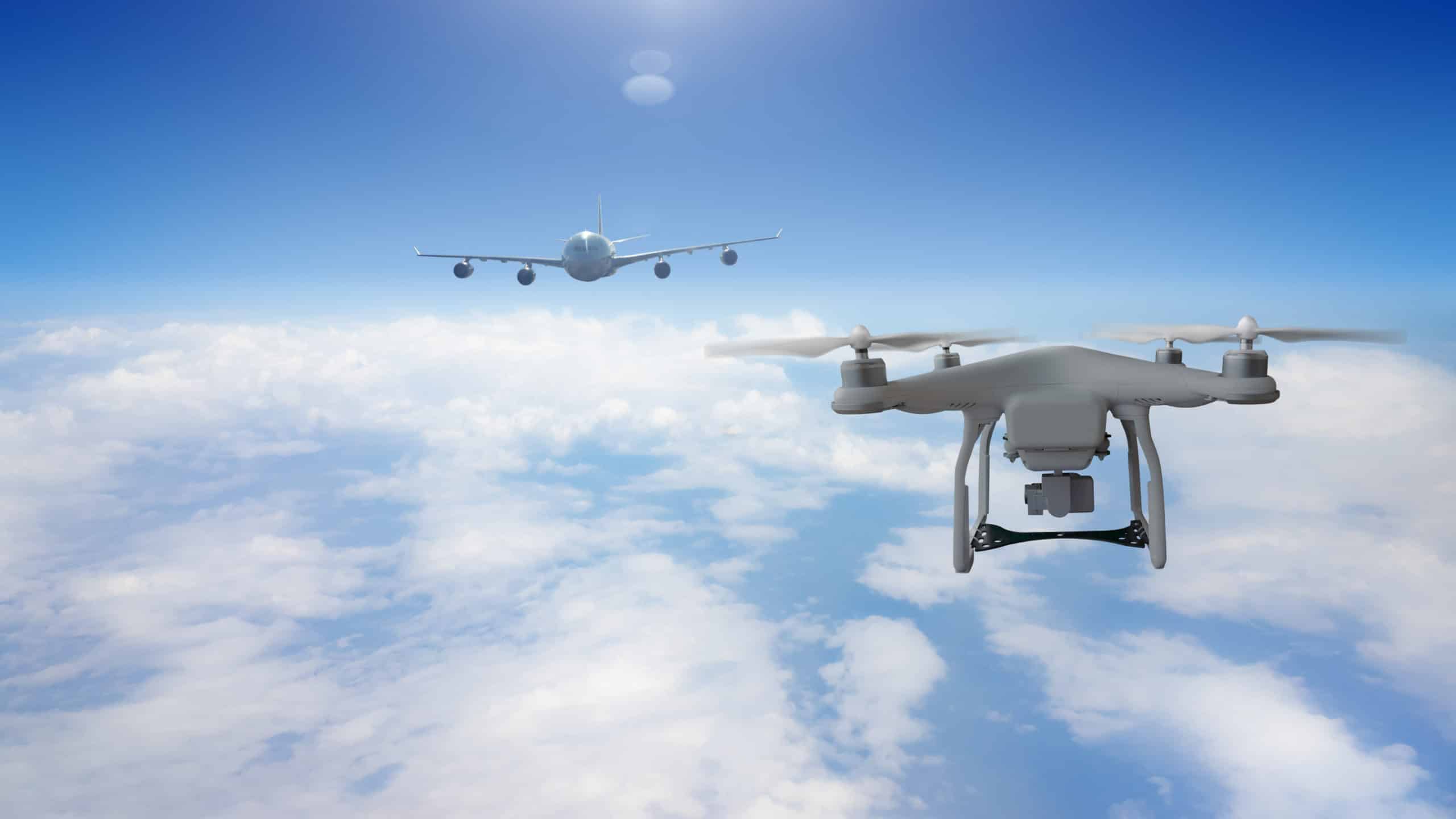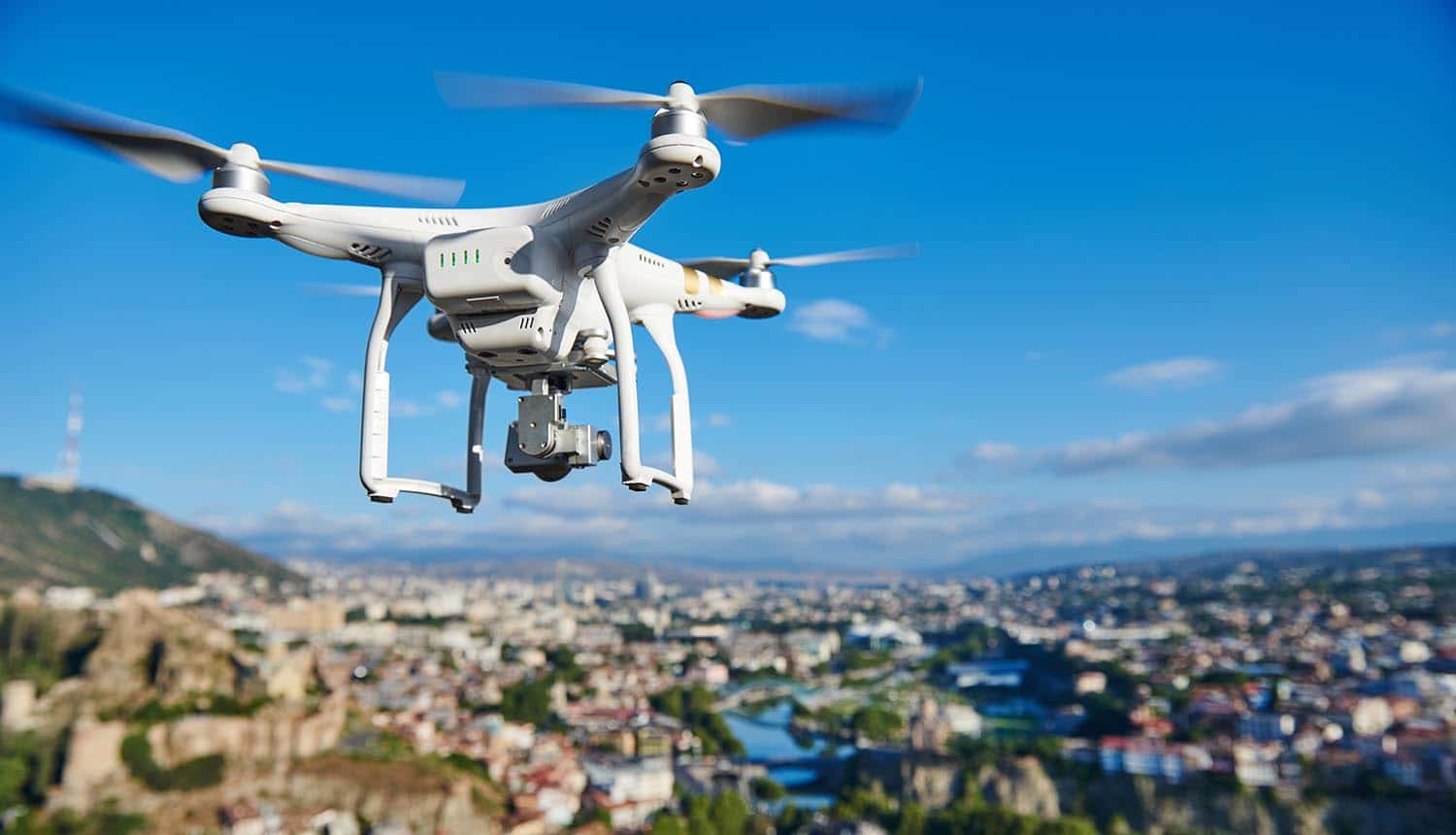Sky elements drones offer a revolutionary perspective on atmospheric observation. By leveraging advanced drone technology, researchers and professionals can capture high-resolution imagery of various sky elements, providing invaluable data for diverse applications. This exploration delves into the identification of atmospheric phenomena, the technological capabilities of drone systems, and the practical applications of this innovative approach to sky observation.
This detailed analysis covers the technical aspects of capturing and analyzing drone footage, focusing on identifying cloud types, assessing weather conditions, and understanding the limitations of current drone technology. We’ll also examine the exciting potential of AI and machine learning in processing this data, and discuss the ethical considerations surrounding its use.
Sky Element Identification in Drone Footage
Drone footage offers a unique perspective on atmospheric conditions, providing valuable data for various applications. Analyzing sky elements within this imagery requires understanding the visual characteristics of different atmospheric phenomena and how they change under various weather conditions. This section details methods for identifying these elements and their implications.
Atmospheric Elements in Drone Footage
Typical drone footage captures a range of atmospheric elements, including clouds (cirrus, cumulus, stratus, nimbus), fog, haze, and precipitation. The appearance of these elements is significantly influenced by factors such as lighting, altitude, and the presence of aerosols.
Sky elements drones are revolutionizing aerial displays, offering breathtaking possibilities for entertainment and artistic expression. For a prime example of this innovative technology in action, check out the spectacular visuals at the florida drone show , showcasing the capabilities of advanced drone choreography. The future of sky elements drones is bright, promising even more impressive and immersive experiences.
Weather Conditions and Visual Appearance
Different weather conditions dramatically alter the visual characteristics of drone imagery. For instance, high humidity can lead to increased scattering of light, resulting in hazy or muted colors. Conversely, low humidity often produces crisp, clear images with enhanced contrast. The presence of precipitation (rain, snow, hail) will significantly impact image clarity and potentially obscure details.
Identifying Cloud Types
Identifying cloud types in drone imagery involves analyzing their shape, texture, altitude, and associated weather patterns. Cirrus clouds, for example, are characterized by their thin, wispy appearance at high altitudes, often indicating fair weather. Cumulus clouds, on the other hand, are puffy and typically associated with fair weather, while darker, more developed cumulonimbus clouds suggest the potential for thunderstorms.
Comparison of Sky Elements
| Element Type | Visual Characteristics | Altitude | Weather Implications |
|---|---|---|---|
| Cirrus Clouds | Thin, wispy, feathery | High (6,000-13,000m) | Fair weather, sometimes precedes approaching storms |
| Cumulus Clouds | Puffy, cotton-like | Low to medium (2,000-6,000m) | Fair weather, can develop into cumulonimbus clouds |
| Stratus Clouds | Layered, sheet-like | Low (below 2,000m) | Overcast skies, drizzle or light rain |
| Cumulonimbus Clouds | Dense, towering, dark | Low to high (variable) | Thunderstorms, heavy rain, hail, strong winds |
| Fog | Reduced visibility, hazy appearance | Ground level | Reduced visibility, potential for accidents |
| Haze | Slight reduction in visibility, muted colors | Variable | Reduced clarity, air pollution |
Drone Technology and Sky Observation

The capabilities of drones for atmospheric research are constantly evolving, yet limitations remain in capturing high-resolution sky imagery across various conditions. This section explores these limitations and potential solutions through advanced technologies and specialized equipment.
Limitations of Current Drone Technology

Current drone technology faces challenges in capturing high-resolution sky imagery, particularly in low-light conditions or when dealing with atmospheric phenomena like fog or heavy cloud cover. Sensor limitations, processing power constraints, and flight time restrictions can all impact the quality and quantity of data collected.
Comparison of Drone Cameras
Different drone cameras offer varying image quality depending on their sensor size, resolution, and dynamic range. High-end cameras with larger sensors generally perform better in low-light conditions and provide more detail, while lower-end cameras may struggle in these situations. The choice of camera will depend on the specific application and desired level of detail.
Specialized Filters and Lenses
Specialized filters and lenses can enhance the capture of sky elements. Polarizing filters can reduce glare and enhance color saturation, while neutral density filters can allow for longer exposures in bright conditions. Wide-angle lenses provide a broader field of view, capturing more of the sky, while telephoto lenses allow for closer examination of specific cloud formations.
Hypothetical Drone System for Atmospheric Research
An ideal drone system for atmospheric research would incorporate a high-resolution, large-sensor camera with a wide dynamic range, a multispectral sensor for capturing data beyond the visible spectrum, and advanced stabilization technology to minimize image blur. GPS and other navigation systems would ensure precise positioning and data geotagging. A long flight time and autonomous flight capabilities would further enhance data collection efficiency.
Applications of Drone-Based Sky Data
Drone-captured sky data finds applications across diverse fields, offering valuable insights into weather patterns, environmental conditions, and urban planning. This section explores various examples of how this data is utilized.
Meteorology and Weather Forecasting
Drone imagery provides real-time observations of cloud formations, precipitation patterns, and atmospheric stability, supplementing traditional weather monitoring methods. This data enhances weather forecasting accuracy, particularly at a local or micro-scale level, improving prediction of severe weather events.
Environmental Monitoring and Pollution Detection
Drones equipped with specialized sensors can monitor air quality, detect pollution plumes, and assess the impact of industrial emissions on the atmosphere. This information is crucial for environmental management and regulatory compliance.
Applications in Aviation, Agriculture, and Construction

In aviation, drone data aids in assessing weather conditions for safe flight operations. In agriculture, it supports precision irrigation and crop management by monitoring atmospheric conditions impacting plant growth. In construction, drones can monitor weather patterns to ensure project safety and efficiency.
Improved Urban Planning and Management
Drone-based sky observations contribute to urban planning by providing data on air quality, temperature distribution, and the impact of urban development on local weather patterns. This information is essential for creating sustainable and resilient urban environments.
Challenges and Future Trends
Despite the significant potential, using drones for sky observation faces various challenges. This section discusses these hurdles and explores future advancements in drone technology and data analysis that can overcome these limitations.
Challenges in Drone-Based Sky Observation
Challenges include regulatory restrictions on drone flights, limitations in battery life and flight range, and the need for robust data processing and analysis techniques. Weather conditions themselves can also impact data collection.
AI and Machine Learning in Drone Imagery Analysis

Artificial intelligence and machine learning algorithms can automate the analysis of drone-captured sky imagery, identifying cloud types, estimating precipitation amounts, and detecting atmospheric anomalies with greater speed and accuracy than manual methods. This allows for more efficient and effective data utilization.
Future Advancements in Drone Technology
Future advancements will likely focus on extending flight time, improving sensor capabilities, and developing more sophisticated autonomous flight systems. Miniaturization of sensors and increased computational power onboard drones will further enhance data collection and analysis capabilities. For example, the development of drones capable of sustained flight at high altitudes will significantly improve atmospheric monitoring.
Ethical Considerations
The use of drones for sky observation necessitates careful consideration of privacy concerns and potential misuse of collected data. Establishing clear guidelines and regulations is crucial to ensure responsible and ethical use of this technology.
Visual Representation of Sky Elements
The visual representation of sky elements in drone footage varies greatly depending on the atmospheric conditions and lighting. This section details the appearance of different sky conditions and weather events as captured by drones.
Clear, Partly Cloudy, and Overcast Skies, Sky elements drones
A clear sky appears as a deep blue or azure expanse, devoid of clouds. A partly cloudy sky shows scattered clouds against a blue background, with varying degrees of cloud cover. An overcast sky is uniformly covered with clouds, resulting in a muted, diffused light.
Light and Shadow Effects
Variations in light and shadow dramatically impact the appearance of clouds and other atmospheric elements. The angle of the sun creates different textures and highlights on cloud surfaces, enhancing their three-dimensional appearance. Shadows cast by clouds can also reveal their depth and extent.
Sunset/Sunrise Scenes
Drone footage of sunsets and sunrises captures vibrant color gradients across the sky, ranging from warm oranges and reds to cooler blues and purples. Atmospheric scattering effects, such as Rayleigh scattering, contribute to the intense colors observed during these times.
Sky elements drones offer exciting possibilities for aerial photography and data collection. Their sophisticated technology allows for precise maneuvers, unlike the somewhat less precise tracking of Santa’s journey, although you can always try contacting the norad santa tracker phone number for updates. Ultimately, both drones and Santa’s sleigh share a fascination with navigating the skies, albeit with different cargo and purposes.
Severe Weather Events
High-resolution drone imagery of severe weather events, such as thunderstorms, showcases the dramatic scale and intensity of these phenomena. Thunderstorms are characterized by dark, towering cumulonimbus clouds, heavy precipitation, and often lightning strikes. Tornadoes appear as rotating columns of air extending from a thunderstorm cloud to the ground, exhibiting a characteristic funnel shape.
The integration of drones into atmospheric research presents a paradigm shift in our ability to observe and understand the complexities of the sky. From enhancing weather forecasting accuracy to supporting environmental monitoring efforts, the applications of drone-captured sky data are vast and continuously expanding. Addressing the challenges and embracing the ethical considerations surrounding this technology will be crucial in maximizing its potential for the benefit of society and the environment.
FAQ Summary: Sky Elements Drones
What are the safety regulations surrounding drone operation for sky observation?
Drone operation is subject to various regulations depending on location and airspace restrictions. Operators must adhere to local laws, obtain necessary permits, and maintain safe operating practices to prevent accidents and ensure compliance.
How can drone data be integrated with existing meteorological models?
Sky elements drones offer a fascinating perspective on aerial technology, particularly concerning their potential for advanced surveillance and mapping. However, even the most sophisticated drone navigation systems might need a little help during the holiday season; you can always check the norad santa tracker phone number for a different kind of aerial tracking. This highlights the contrast between technological advancements in drone technology and the enduring magic of Christmas traditions.
Drone data can be integrated by converting the visual information into quantitative data points (e.g., cloud cover, cloud height) and then feeding this information into weather prediction models as supplemental data to improve accuracy.
What is the cost-effectiveness of using drones for sky observation compared to traditional methods?
The cost-effectiveness varies depending on the specific application and scale. Drones can be more cost-effective for localized studies or specific tasks compared to large-scale satellite or weather balloon deployments, but initial investment in equipment and training should be considered.